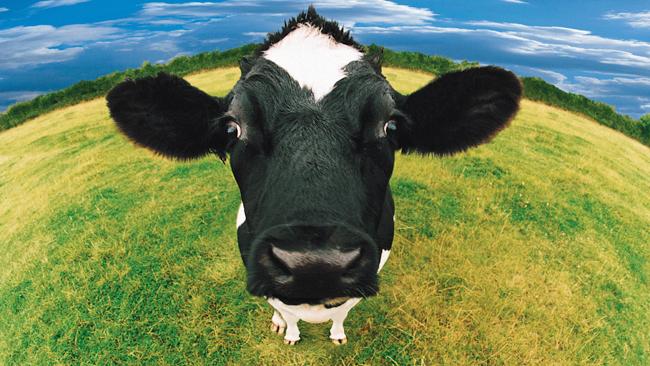Is #shmeat the future of #meat ? [#geekgirl] #govegan

Meat — despite popular movements to decrease the amount humans consume — is still a central part of diets around the world. People who live in industrial countries (like the United States) eat roughly 210 pounds of it each year. And consumption in the developing world, where people eat closer to 66 pounds each year, is climbing fast. Growth is such that by 2030 the average human is expected to consume just under 100 pounds per year, 10 percent more than today.
Our collective affinity for meat likely began out of circumstance — humans that lived inland from the coast had little choice but to hunt in order to live — and has persisted for evolutionary reasons. Meat carries nutrients like zinc and protein, promotes growth, and provides energy. It also doesn’t hurt that the price of meat has fallen dramatically.
But the reality is that there are several downsides to society’s growing appetite for meat. Cheap meat, for one, might leave consumers with extra cash, but it has — largely — come at the expense of animal welfare. It also isn’t great for the planet, which the U.S. government recently noted. “Meat is undoubtedly an environmentally expensive food,” Vaclav Smil wrote in his 2013 book “Should We Eat Meat?”
But what if there were a way to produce meat that would avail us of the need to slaughter animals? What if we could continue to order hamburgers without also feeding the livestock industry as much as a third of the world’s grain production? And what if it could be done for a reasonable price?
Professor Mark Post, who is part of the faculty at Maastricht University in the Netherlands, has been asking that question for almost a decade now. Two years ago, Post’s team of researchers presented their first major discovery in the form of a five-ounce hamburger patty, which was created in a lab.
Source and full article: Washington Post
